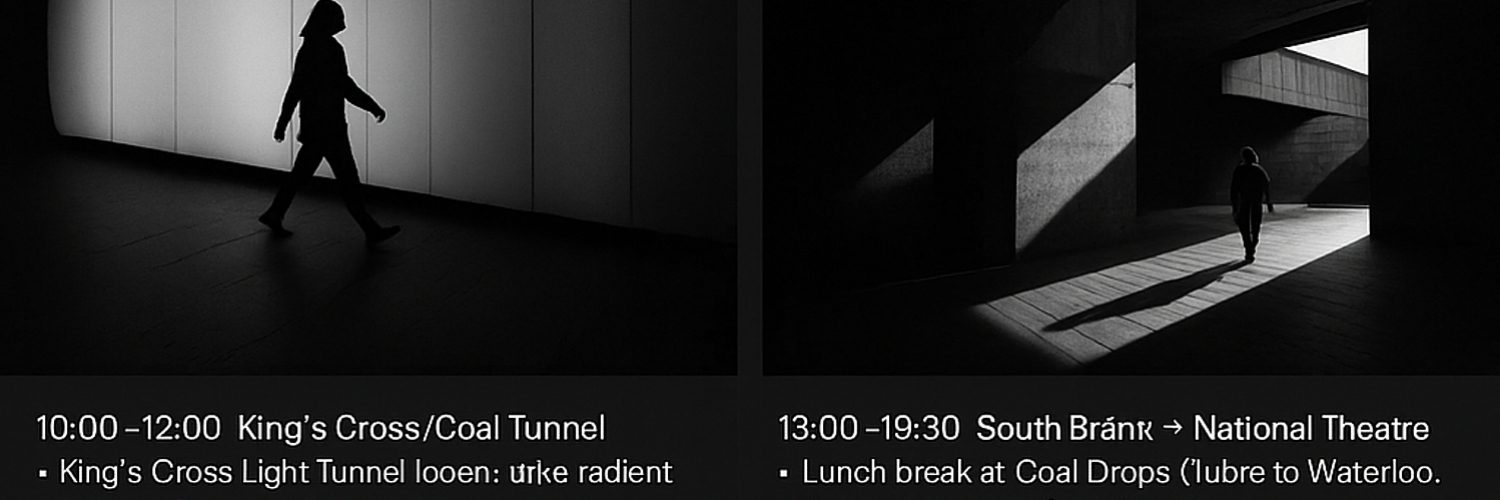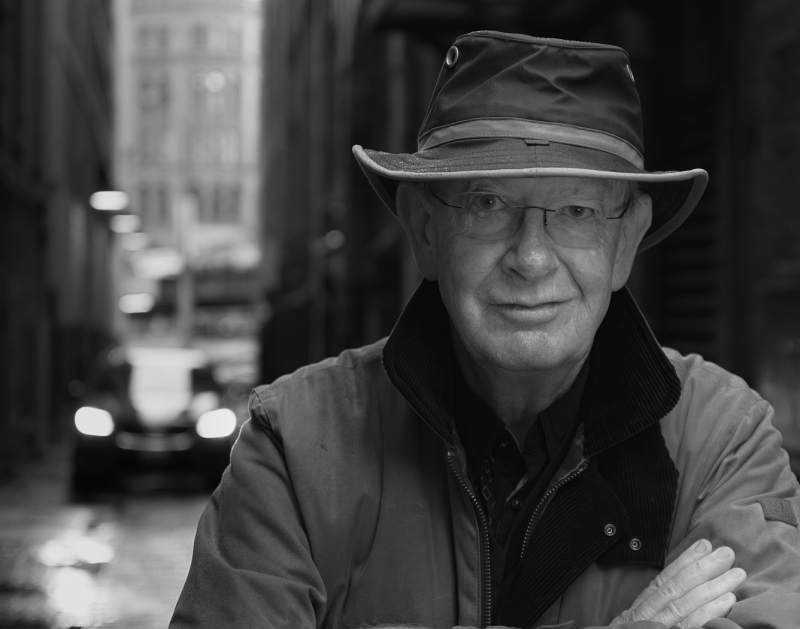Most of us associate Artificial Intelligence (AI) and photography with the generation of images, but it can also be applied to many other activities to enhance your photographic endeavors. This post is Part 2 of a series of articles. In Part 1, I explain how you can use AI tools to critique your photographs. In this post, Part 2, I discuss how to create a photography project using AI. Some examples are:
- Trip planning
- Project planning
- Idea generation
- Photo critique and assessment
- Generating instructions on how to improve your image
The secret to success is to focus on describing to your favourite AI tool the outcome you want rather than asking it a question. For example, List some building for me to photograph is a very generic request but Find me dramatic architecture to photograph in B&W with high contrast is more specific and will lead to better results. The question includes the type of architecture, the tone, and the type of contrast.
Planning a Trip to London
In the next paragraphs, I am explaining how I used this approach to plan my forthcoming trip to London, UK. I used Open AI’s ChatGPT to assist me with planning and ideas for locations and buildings.
The First Step: Context and Details
My first question included many details that ranged from broad to more specific:
- A summary of my trip to give context
- The specific location (city of London)
- The month (important for weather or how many other visitors are likely to be in town)
- The category of photography (street photography)
- The type of photography I’m planning to take (lines, shapes, sizes, characters)
- Even more specifics (lighting, high contrast)
Question
I want to visit London in February to conduct some street photography. Please identify the top 10 locations for street photography in the city of London. Specifically, I’m looking for Shots that will allow me to include shapes, sizes, and lines in addition to the characters. With lighting, with high contrast, as in light and shadow.
Result
The screenshot below shows how the AI responded with a useful list of potential locations and a description on why they had been selected. It also followed up with suggested day/night times and further recommendations.
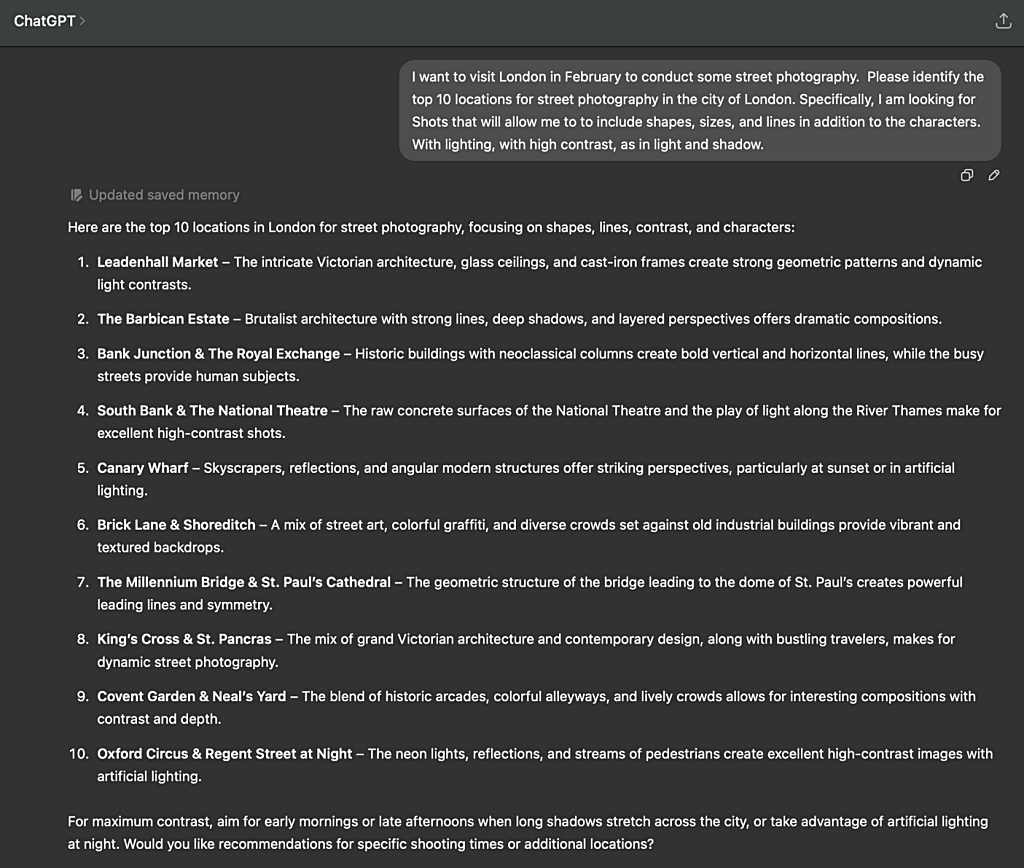
The Second Step: A Photography Plan
I didn’t stop with these results but went a step further by requesting a photography plan designed to:
- Efficiently group appropriate shooting locations together by distance
- Emulate and reflect the style of a specific photographer
- Provide clear directions alongside a detailed shooting schedule
Question
Update this chat with the timetable being for Oct 7th to midday Oct 9th. I want to emulate the style of London based B&W photographer Alan Schaller. (@alan_schaller) so select locations that will allow me the best chance of emulating his style. Establish a time schedule starting at 9am & ending at 7pm. Where possible choose locations within walking distance (1km) or accessible by tube.
Result
The screenshot below shows how the AI responded with a detailed schedule and explanations. It even suggested types of images to create and how to compose them. The thought direction was intriguing to me so I took a step further and asked to generate an AI image for each location that would suggest the composition and exposure of the type of image I should create.
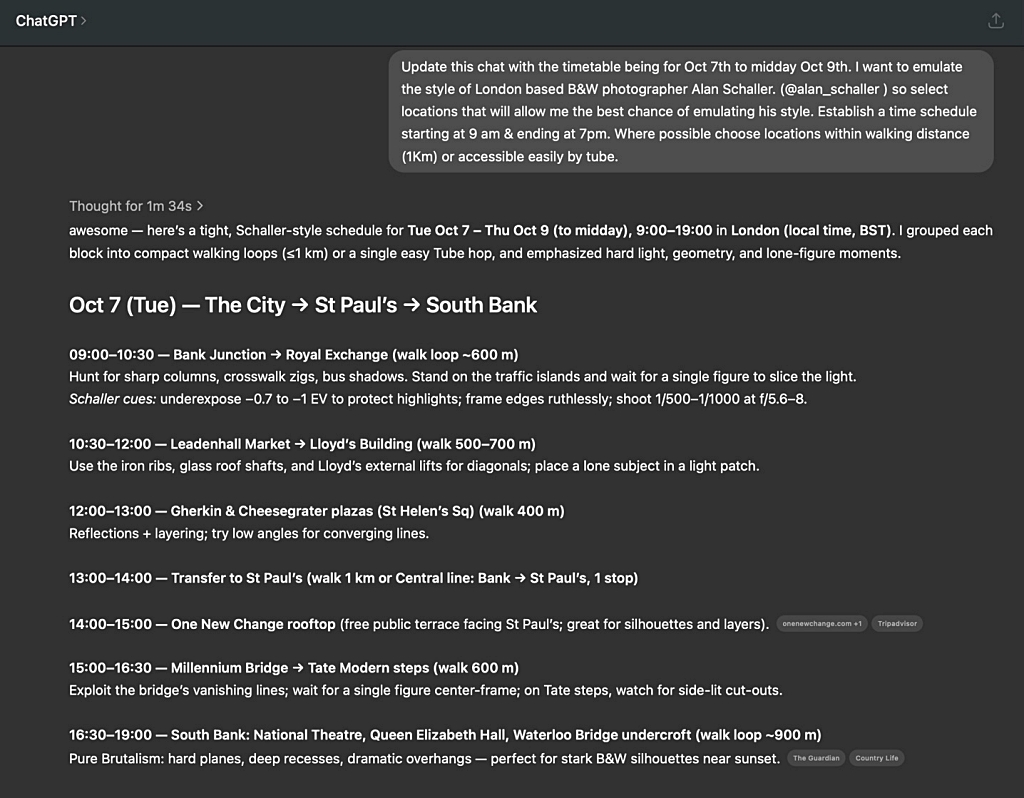
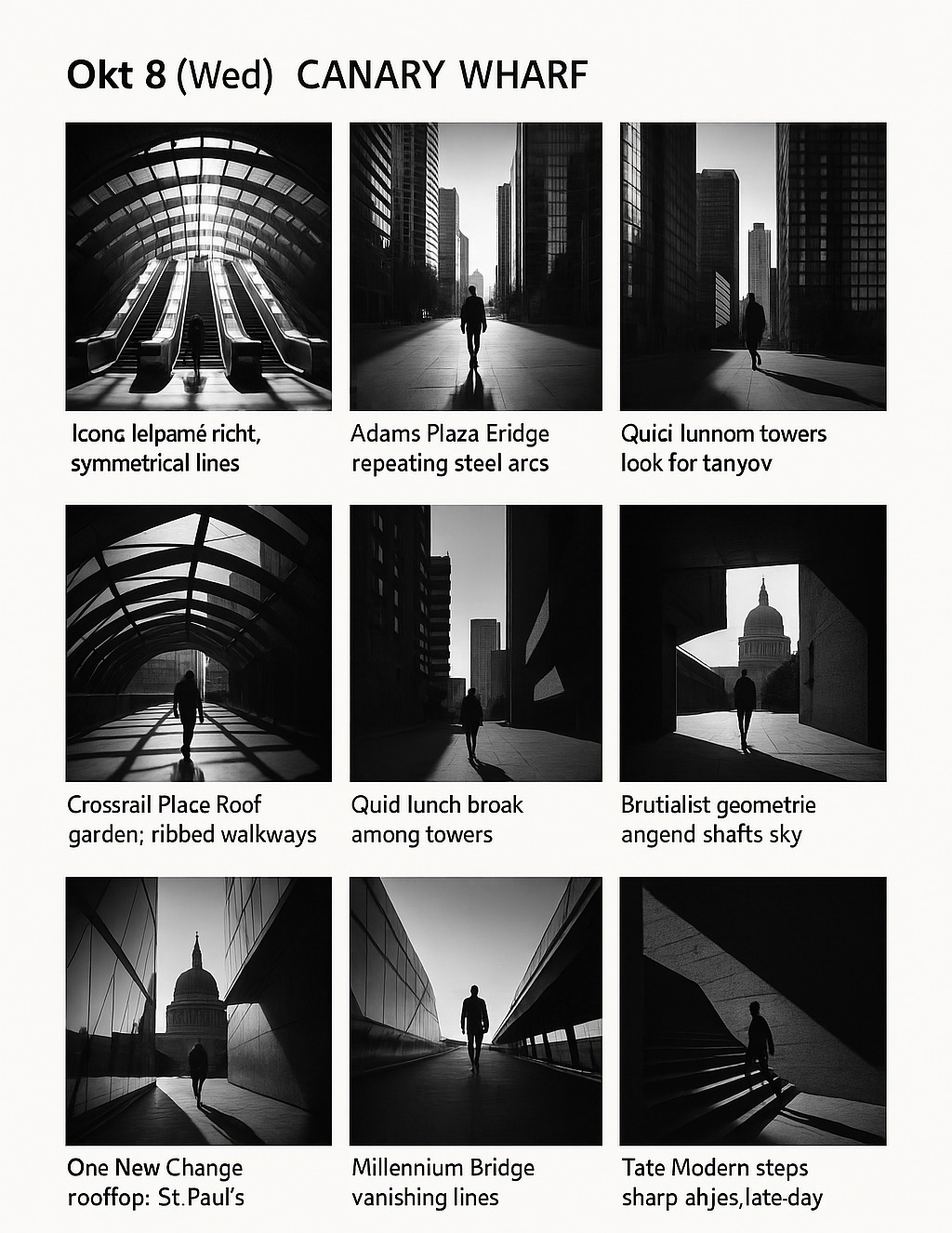
The Result: A Single-Page Travel Plan
My final step in creating a travel plan was to request a single-page plan that I can easily access on my phone and carry around with me. Here is the result, my personal travel schedule including visuals:
📸 Oct 9 (Thu): King’s Cross → South Bank → Westminster (Finish 19:00)
10:00–12:00 — King’s Cross / Coal Drops Yard loop
- King’s Cross Light Tunnel (open 07:00–20:00): luminous gradient backdrop.
- Granary Square & Coal Drops Yard: bold roof arcs and open plazas.
- Gasholder Park: circular frames + sky.
12:00–13:00 — Lunch break at Coal Drops (lots of options).
13:00–15:30 — South Bank & National Theatre (Tube to Waterloo, 15–20 min)
- Waterloo Bridge undercroft: angular concrete shadows.
- National Theatre & Queen Elizabeth Hall: stark Brutalism for Schaller-style deep blacks.
- Riverside walk: mix silhouettes against city skyline.
15:30–17:00 — Leake Street Arches (walk 10 min from South Bank)
- Graffiti tunnel with low light; look for solitary figures emerging from color into shadow.
17:00–19:00 — Westminster Bridge → South Bank sunset walk (≤1 km loop)
- Frame Big Ben with silhouetted figures.
- Watch Thames reflections + strong side light before sunset (~18:40).
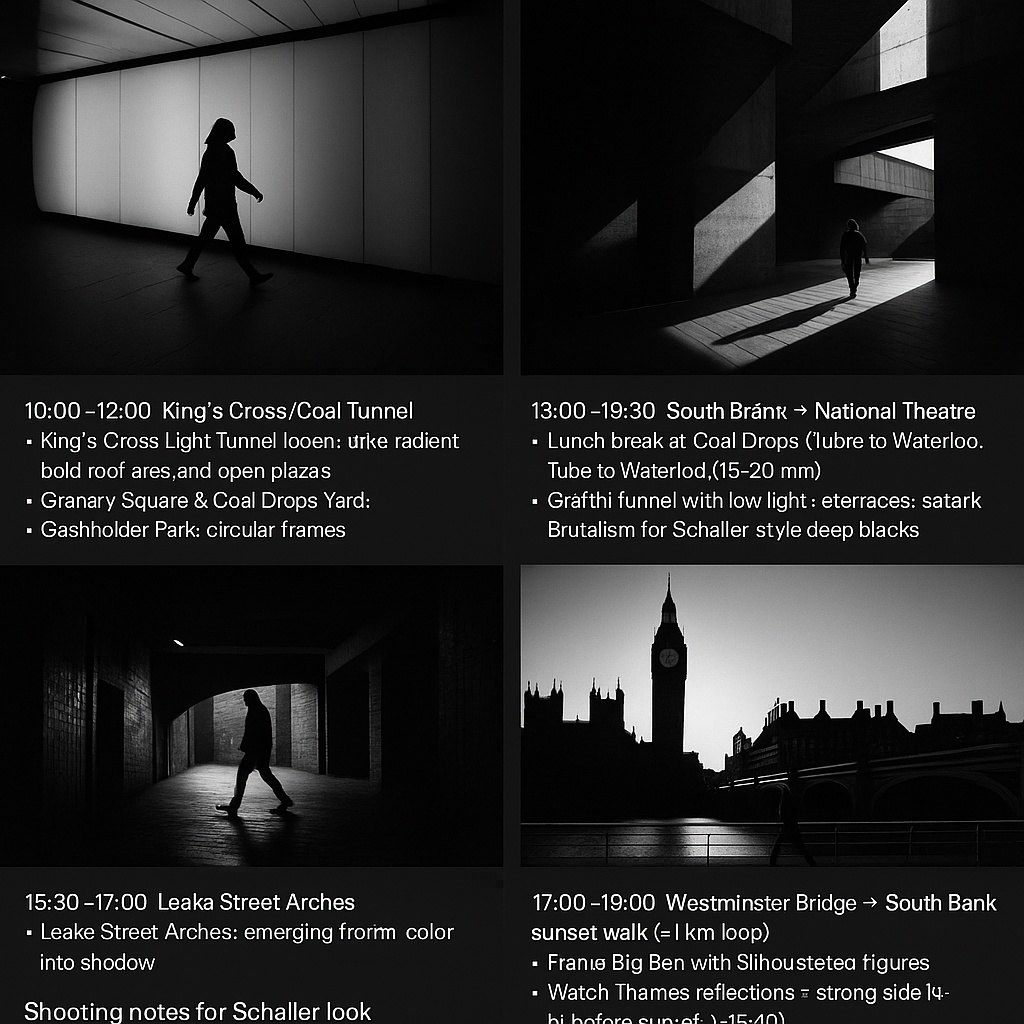
Summary
While I was starting out posing a single question to the AI, I paid close attention not only to its responses but also to its follow-up suggestions. I accumulated more knowledge about the photo shot and could ask increasingly more detailed question. The conversation with the AI led to a fully customized plan, including visuals.
Now you know you have an alternative
project creator right there on your screen.
Don’t forget to read Part 1,
Critiquing a Photograph Using AI
Nick Delany
I began photography in my teens with a Kodak Instamatic and developed my interest in B&W photography early with my Pentax SP1000. After 40 years of work I returned to my hobby, able to apply more time to learning and travel. I joined VCC on my arrival in Victoria in 2019 and found the club to be an inspiration to learn and try new things. I was fortunate to be the Photographer of the Year at VCC in 2023 and have earned a PPSA certification from the Photographic Society of America by gaining more than 300 acceptances in International Competitions plus over 100 awards. The bulk of my photography has been wildlife either in the Pacific Northwest or Africa but my current passion is B&W Street & Landscape photography. For wildlife photography, my equipment is the Sony A1 or A9 matched with the FE 200-600mm or the FE 70-200mm zoom. For all other genres I use a Leica Q3-43mm and for my B&W images I use a Leica Q2 28mm & M11 Monchrom with 50mm. I have been married to my fellow Club member Kathryn Delany for 40 years and we love to travel to destinations seldom covered by other photographers to seek out new and interesting stories.

